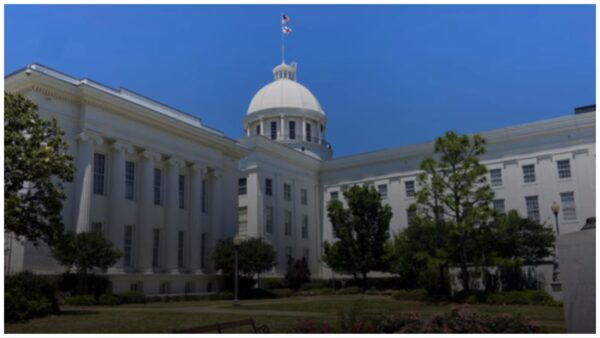A federal judge will appoint a special master to redraw Alabama’s congressional map after state lawmakers submitted a second redrawn map that, once again, didn’t follow Supreme Court orders to strengthen Alabama’s Black and minority voter pool.
The Supreme Court ordered the Alabama Legislature to redraw district lines over the summer after discovering that their newly proposed map contained only one majority-Black district out of seven in a state where approximately 28 percent of the population is Black.

Justices ruled that the map violated the Voting Rights Act and that legislators must “either add an additional majority-Black congressional district or an additional district in which Black voters otherwise have an opportunity to elect a representative of their choice.”
After returning to the drawing board, lawmakers drafted a map that preserved that one majority-Black district while increasing the percentage of Black voters in another district from about 30 percent to 42.5 percent. One lawmaker rationalized that increase by stating that Black voters in that second district now have a better chance to shape the outcome of congressional elections.
A three-judge panel, however, didn’t agree and struck down the map legislators submitted.
The federal judges on the panel stated in their order that they were “deeply troubled that the State enacted a map that the State readily admits does not provide the remedy we said federal law requires.”
“We are not aware of any other case in which a state legislature — faced with a federal court order declaring that its electoral plan unlawfully dilutes minority votes and requiring a plan that provides an additional opportunity district — responded with a plan that the state concedes does not provide that district. The law requires the creation of an additional district that affords Black Alabamians, like everyone else, a fair and reasonable opportunity to elect candidates of their choice. The 2023 Plan plainly fails to do so,” the judges wrote.
Now, the duty to redraw those district lines falls to court-appointed experts. Those appointees — a “special master” and a cartographer — will draw three potential maps, each including two districts where Black voters have a feasible chance to elect a candidate of their choice.
Those redistricting proposals are due to the court by Sept. 25.
Redistricting battles are also brewing in other states ahead of next year’s congressional elections, and their outcomes could reshape the balance of power on state and federal levels.
In Georgia, a redistricting trial is underway to determine if the state’s GOP-led Legislature drew congressional maps to purposely and illegally undermine and disenfranchise Black voters after the Supreme Court ruled that Alabama’s redistricting maps were unconstitutional.
The plaintiffs, in this case, argue that the population boom from 2010 to 2020 in Georgia landed Georgia an additional half million Black residents, so there is both cause and room to draw several more majority-Black state Senate, House, and congressional districts in various parts of the state.
If the judge rules against the state, Georgia lawmakers must redraw their districts. That ruling would bode well for Democrats, who could win seats in the U.S. House and multiple seats in the state assembly if a redrawn map complies with court orders, according to the Associated Press.
In Florida, a state judge just ruled that Florida’s new redistricting plan violates the state’s constitution and cannot be used for any future congressional elections since it weakens Black voters’ power in north Florida and prevents them from making definitive impacts in elections in that part of the state. That new map was proposed by Gov. Ron DeSantis himself and included four more Republican-leaning districts while also dividing one Black-majority district. About 22 percent of the Florida population is Black.


